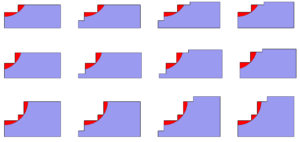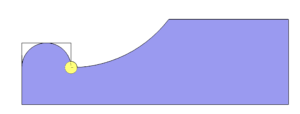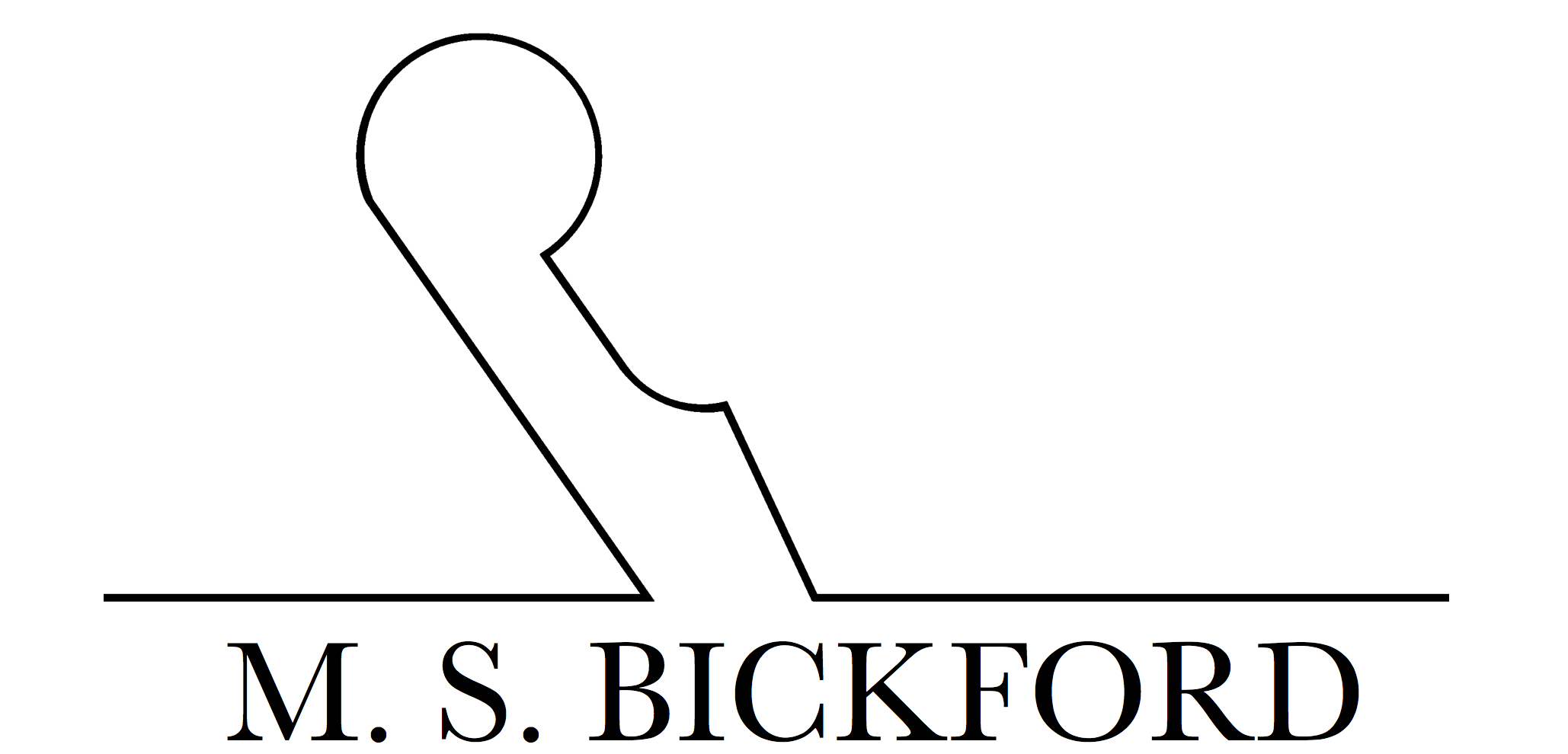Essentially all moulding profiles that happen on a straight piece of wood may be executed using Hollows and rounds. Hollows and rounds, after all, create concave and convex shapes of varying radii and degrees of arc. All mouldings are a series of these varying concave and convex shapes along with some flat segments thrown in for good fun.
If you’ve read my book or visited my blog then you know that moulding profiles that are to be made with hollows and rounds start with series of rabbets.

The rabbets fall in specific places and serve specific functions. We are not going to get into all of the reasoning and layout of the rabbets with these ‘Side Round’ posts, but know that one of the purposes of the rabbets is to define transition points: where profiles change from once arc or flat to another.

Take a class with me and you will hear numerous times that rabbets define all transition points. Once that idea has been hammered into the students’ heads, we go over the times that rabbets don’t define those points, the times when a rabbet cannot.

There are some transition points that can not be defined with a rabbet or rabbet plane. Some of those points can be defined with a side round.
